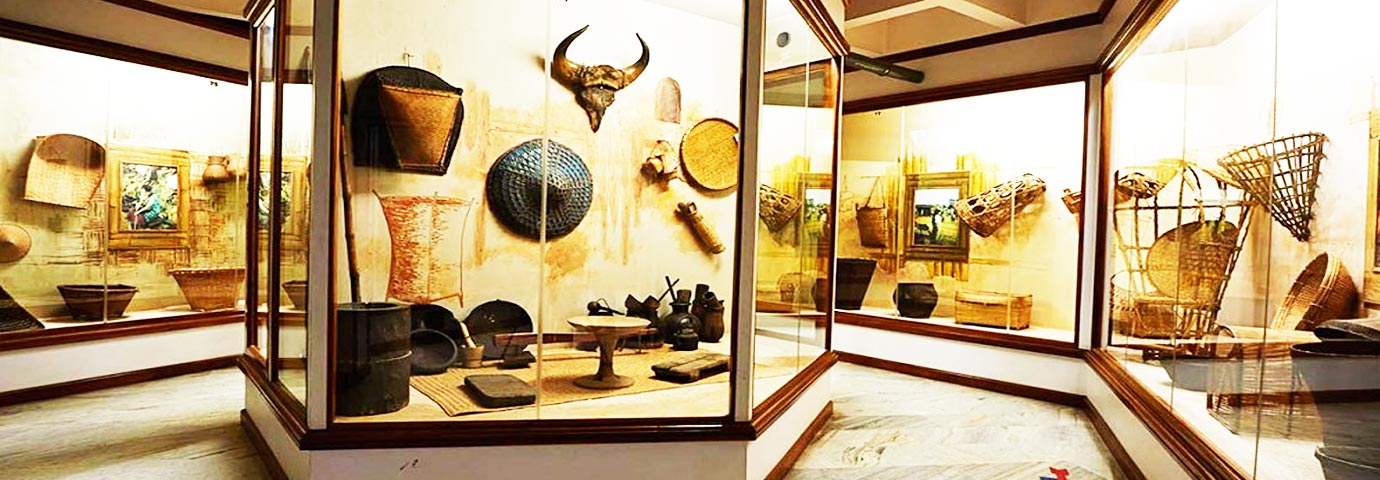
Don Bosco Center for Indigenous Cultures or DBCIC is an exclusive endeavor by the Silesians of Don Bosco, set up in North East India to develop a facility for the conservation and preservation of a number of small, local cultures of the area, in India, as well as in conjunction with local cultures anywhere else in the world. The center has some specific, distinct areas of operation including exhibitions, research and study, culture related publications as well as knowledge sharing and other activities which are conducted with the help of different media. The essential mission of Don Bosco is to furnish a platform for a healthy concord of different cultures to develop a spirit of peace, harmony and mutual development. This ideal, in essence, is achieved through research, museum tours, animation programs and articulating a concept of museum in education so that it becomes a “powerful catalyst for strengthening the bonds that unites the people.”
The architecture and structure of the building is unique and attractive and reaches up to seven floors from the ground. The construction is in the shape of honeycomb which allows ample fresh air and light to pass through and generates enough curiosity and admiration. The architect of the building is Vivek Varma, who hails from Delhi and has the credit of many “architectural firsts” in Shillong and other locations in the country.
The museum remains open on all weekdays, from Monday to Saturday and entry is allowed from 9:00 a.m. to 5:30 p.m. during summers while during winters it is 9:00 a.m. to 4.30 p.m. The Museum remains closed on Sundays.
The museum has a number for facilities to assist the guests and learn about the cultural heritage of the region. These facilities are:
The center exhibits about different cultures, habitats, occupations, history, language, religion, trade, technology, weapons and music etc. through the medium of different galleries, cultural artefacts, paintings that depicts various dimensions of the culture and life of North East. These galleries are arranged thematically from floor to floor and forms the most conspicuous element of DBCIC. These different galleries are: Agricultural Gallery, Alcoves Gallery, Art Gallery, Basketry Gallery, Costumes and Ornaments Gallery, Fishing, Hunting and Gathering Gallery, Food Gallery, Housing Pattern Gallery, Introductory and Pre-History Gallery, Lands and Peoples Gallery, Language Gallery, Mission and Cultures Gallery, Musical Instruments Gallery, Our Neighbor’s Gallery, Photo Gallery, Religions and Cultures Gallery, Skywalk, Traditional Technology Gallery and Weapons Gallery.
Besides galleries, the center also carries out research, issues publications and hosts a well-stocked library for the benefit of visitors, students and scholars, interested to know more about various aspects of the life of North East and their history. The research center, known as the North Eastern Institute for Research in Anthropology (NEIRA) plays as a hub to study different themes relating to diverse facets of India’s North Eastern region. The library is the central axis of NEIRA and currently houses about 110,473 volumes dealing with study and cultural aspects of North East India. The Library subscribes to about 130 journals and reviews characterizing the research carried out on the region.
Subscribe Our Newsletter for get latest updates
Follow us: